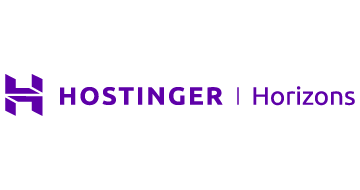
| Starting price | $9.99/mo |
|---|---|
| Free trial | 7-day |
| Free version | No |
Discover world-class no-code development software for effortless app creation. Enable businesses and individuals to develop without code.
Find the best value no-code development software on SaasGenius.
Are you ready to find the best value software in the field of no-code development? Our carefully compiled list contains the best no-code development software solutions that have been thoroughly researched and analyzed so you can make an informed decision.

| Starting price | $9.99/mo |
|---|---|
| Free trial | 7-day |
| Free version | No |
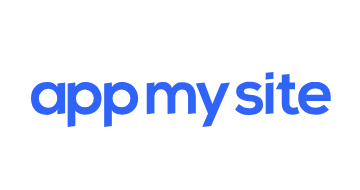
| Starting price | US$ 9 |
|---|---|
| Pricing model | Pay Per App |
| Free Trial | Yes |
| Free Version | No |
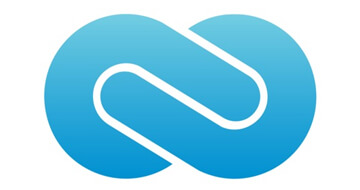
| Starting price | $1000/mo |
|---|---|
| Pricing model | Per User (storage space) |
| Free Trial | 14-day |
| Free Version | No |
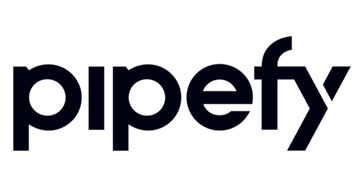
| Starting price | $18/mo |
|---|---|
| Pricing model | Per User |
| Free Trial | No |
| Free Version | Yes |
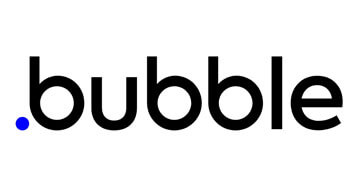
| Starting price | $29/mo |
|---|---|
| Pricing model | Per application |
| Free Trial | No |
| Free Version | Yes |
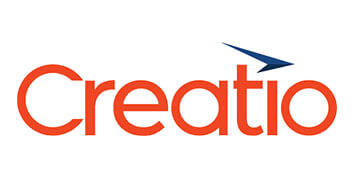
| Starting price | $25/mo |
|---|---|
| Pricing model | Per User |
| Free Trial | 14-day |
| Free Version | No |

| Starting price | $12/mo |
|---|---|
| Pricing model | Per User |
| Free Trial | 14-day |
| Free Version | Yes |

| Starting price | $910/mo |
|---|---|
| Pricing model | Tiered per user |
| Free Trial | 30 days |
| Free Version | No |
No-code development software enables individuals and businesses to create applications and software solutions without the need for traditional programming skills. With intuitive visual interfaces and pre-built modules, no-code platforms streamline the development process and allow users to focus on their ideas instead of writing complex code.
| Platform | Best For | Starting Price | Key Strengths |
|---|---|---|---|
| Bubble | Full-stack web applications | $29/month | Pixel-perfect design control, robust backend |
| Airtable | Database-driven apps | $12/month | Spreadsheet-like interface, powerful automation |
| Glide | Mobile-first applications | $60/month | Quick app creation from Google Sheets |
| Webflow | Professional websites | $23/month | Designer-friendly, advanced styling options |
| FlutterFlow | Cross-platform mobile apps | $30/month | Native mobile performance, Flutter export |
| Microsoft Power Apps | Enterprise business solutions | $20/month | Deep Microsoft ecosystem integration |
Understanding the differences between development approaches helps you choose the right solution for your project:
| Approach | Best For | Time to Deploy | Customization | Cost |
|---|---|---|---|---|
| No-Code | Simple to moderate apps, rapid prototyping | Days to weeks | Limited | Low |
| Low-Code | Complex business apps with some custom logic | Weeks to months | Moderate | Medium |
| Traditional | Highly complex, custom applications | Months to years | Complete | High |
No-code platforms handle simple features quickly, while low-code tools let developers add custom functionality when needed. This makes no-code ideal for businesses that need to move fast without sacrificing functionality.
No-code platform pricing varies significantly based on features, scalability, and user requirements:
Starter Plans ($12-30/month)
Professional Plans ($50-200/month)
Enterprise Plans ($200-2,000+/month)
Traditional development can cost around tens of thousands to hundreds of thousands of dollars, while using a no-code platform for your MVP can significantly reduce costs, cutting approximately 30% to 70% of traditional development expenses.
Hidden Costs to Consider:
Healthcare and Finance Platforms like Blaze are designed specifically for compliance-heavy industries with built-in SOC 2 and HIPAA compliance, making them ideal for sensitive data handling.
Small Business and Startups No-code platforms excel at rapid prototyping and MVP development, allowing entrepreneurs to validate ideas quickly without significant upfront investment.
Enterprise and Large Organizations Companies use no-code for internal tools, project management solutions, and workflow automation software to increase operational efficiency.
Education and Non-Profits Organizations leverage no-code platforms to create registration systems, content management platforms, and community engagement tools on limited budgets.
Modern no-code platforms excel at connecting with your existing software stack:
Common Integrations:
Integration Benefits:
AI-Powered Development: Platforms are increasingly incorporating AI features for natural language app creation, allowing users to describe what they want and have the platform handle setup automatically.
Enhanced Security and Compliance: As no-code adoption grows in regulated industries, platforms are building in advanced security features and compliance certifications from the ground up.
Improved Performance and Scalability: Modern no-code platforms can now handle hundreds of thousands, even millions of users, with platforms like Xano and Backendless specifically designed for high-scale applications.
At SaasGenius, we place a high value on transparency and thorough evaluation. Our evaluation methodology includes four key categories: Pricing, Ease of Use, Features, and Support. To evaluate each vendor, we have developed a unique scoring system: the Genius Score. The Genius Score ranges from 0 to 100, with 100 being the highest score. The Genius Score is determined by a combination of external reviews and rigorous internal testing.
Our Evaluation Criteria:
No-code development software represents a fundamental shift in how businesses approach application creation. By democratizing software development and reducing costs by up to 70%, these platforms enable organizations of all sizes to innovate rapidly and respond to market changes.
Whether you’re a startup looking to validate an idea, a small business streamlining operations, or an enterprise seeking to empower citizen developers, no-code platforms offer a viable path to digital transformation. The key is choosing the right platform for your specific needs and following best practices for successful implementation.
Ready to start your no-code journey? Explore our detailed reviews of individual platforms to find the perfect fit for your project requirements.